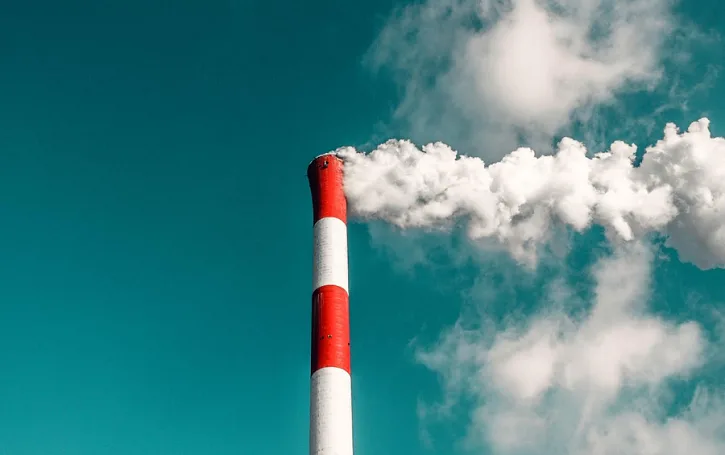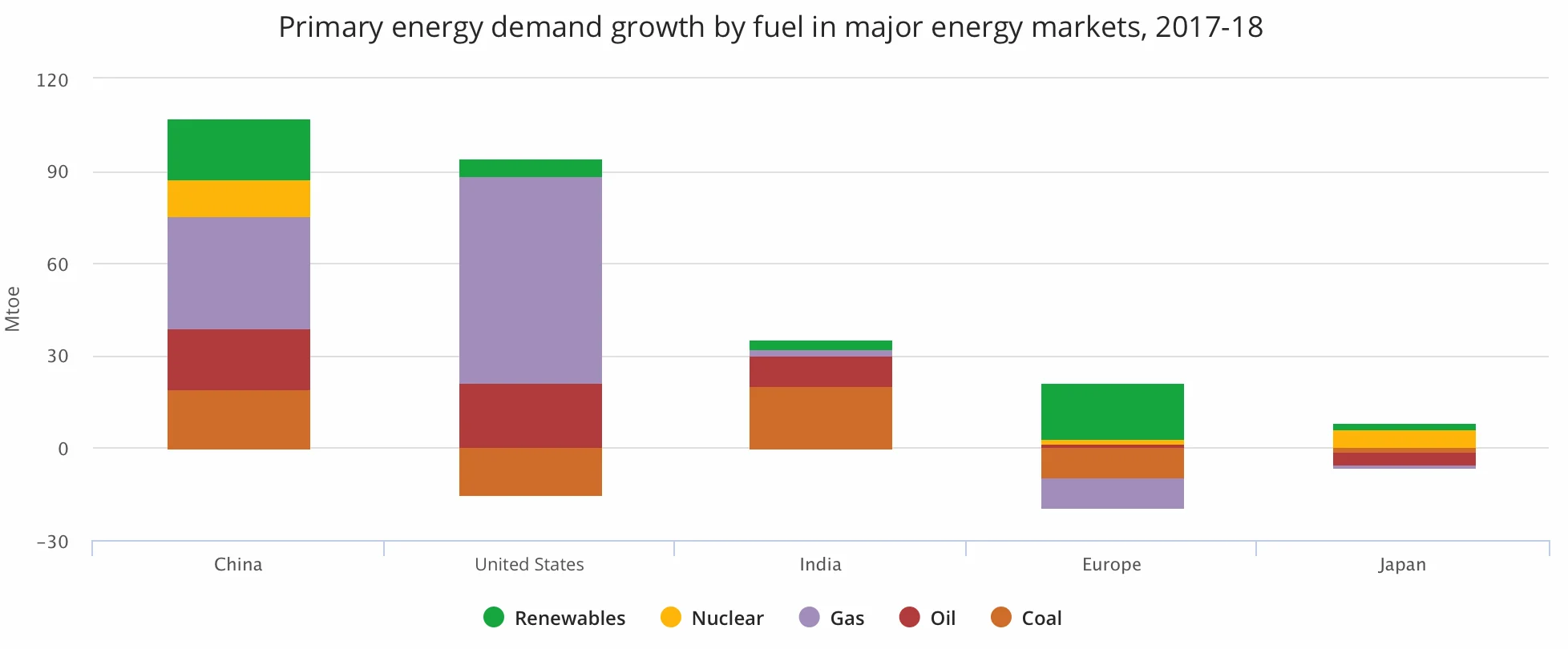
Global energy demands continue to rise at breathtaking pace
Global energy demands are continuing to climb, according to a new report.
The amount of energy humans consume has nearly doubled since 2010.
A robust global economy -- which has expanded 3.7 per cent -- and higher heating and cooling demands are behind the rise.
RELATED: The pychology of climate change
In 2018, energy demands grew by 2.3 per cent, the fastest rate of energy consumption growth of any year this decade.
The findings are part of the International Energy Agency’s (IEA) latest assessment of global energy consumption and energy-related CO2 emissions for 2018.
NATURAL GAS IS THE MOST IN DEMAND
Demand for all fuels has increased, with natural gas at the top of the list and accounting for 45 per cent of total growth.
The majority of consumers -- 70 per cent to be exact -- come from China, India and the U.S.
But on a positive note: Solar and wind energy has seen double-digit growth over the same period, although the growth rate has not been fast enough to meet global electricity demands.

All graphs courtesy of IEA.
C02 EMISSIONS
The spike in demand has led to an increase in CO2 emissions, which grew 1.7 per cent this past year.
The largest CO2 emissions came from coal-fired power generation which generates 30 per cent of all energy-related carbon dioxide emissions.
The U.S. has seen the largest increase in oil and gas demand, where gas consumption alone increased by 10 per cent compared to the previous year. Globally, consumption of coal rose 0.7 per cent with China, India and other Asian countries in the lead.
WEATHER A FACTOR AS WELL
Weather events over the course of 2018 contributed to an overall increase in energy use.
Record-breaking winter and summer temperatures led to cold air incursions and heat waves, causing an increase in the use of heating or cooling devices, and thus electricity.

But global demand for electricity is also climbing, growing 4 per cent in 2018 -- and renewables were a big reason the power generation sector has expanded, accounting for nearly 50 per cent of electricity demand growth. At the end of 2018 China was leading the world in both wind and solar power generation, followed by Europe and the United States.

Nuclear energy also saw a recovery period during 2018, up 3.3 per cent with respect to the previous year. New plants in China and Japan helped boost the global values which accounted for 9 per cent of the increase in electricity demand.
RELATED: Climate change is altering the colour of our oceans
Among IEA member countries, Canada maintains the highest energy supply per capita. Emissions from the oil and gas sectors increased by 14 per cent between 2005 and 2013, despite Canada’s low-carbon electricity mix which is largely hydro and nuclear. The federal government has put forward stringent energy efficiency and emission standards in Canada's buildings, power and transport sectors, but not in industry.












